Is Swiss tobacco production being stubbed out?
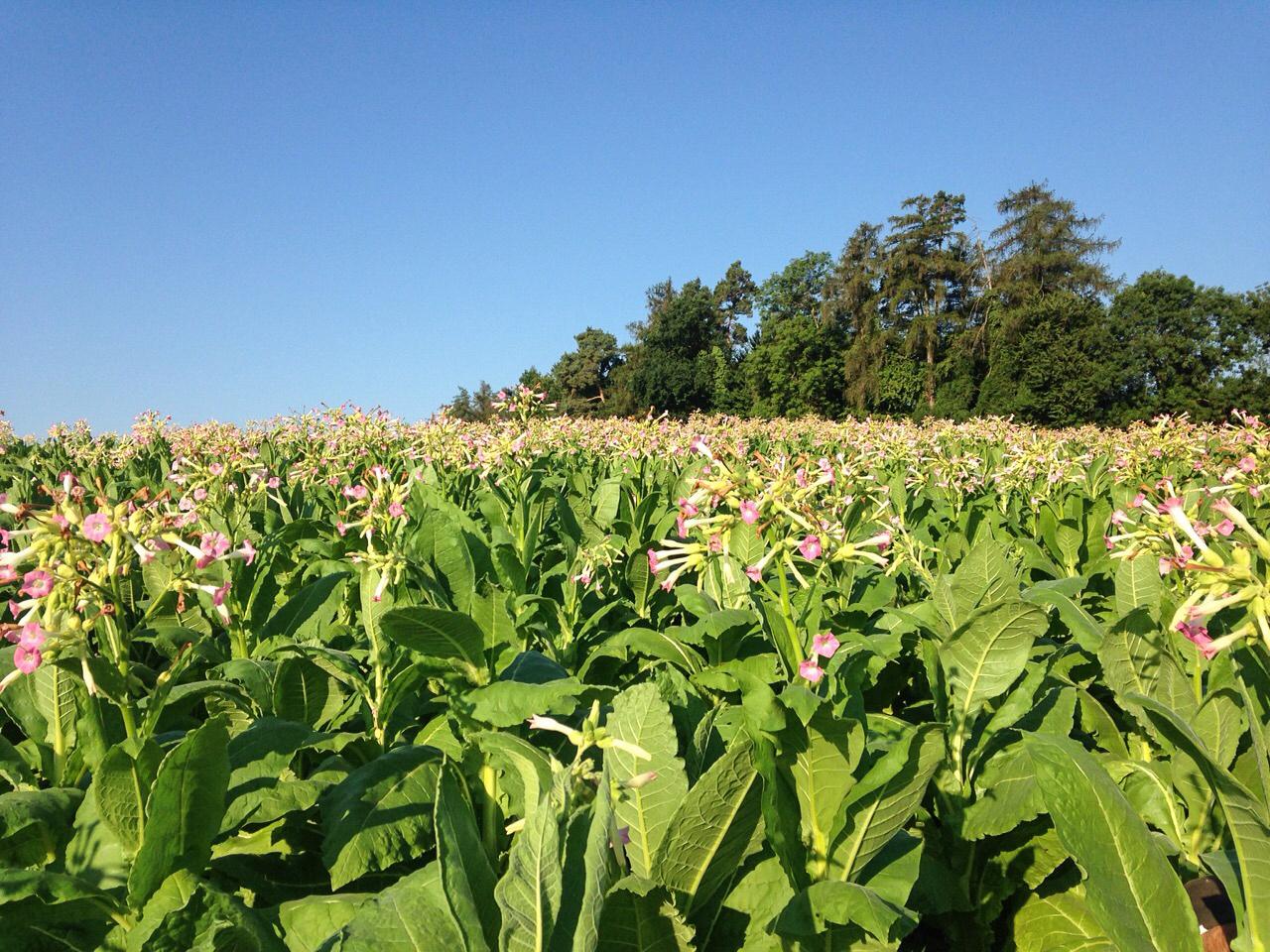
It is a little known fact that Switzerland, renowned for its Alpine vistas, direct democracy and for being host to the United Nations, is a tobacco-producing country. But as more farmers abandon the age-old practice, does Swiss-grown tobacco have a future?
The first Swiss tobacco fields appeared in the Basel region around 1680. Today, tobacco is still grown in Ajoie in the north-west, in eastern Switzerland, in the Lucerne and Aargau regions, but especially in the Broye district, in the French-speaking part of the country, where 80% of Swiss production is concentrated.
Tobacco plants cover the fields in Broye, as do the large hangars where this large, leafy plant crowned by flowers is dried. Summer sees production activity intensify as the leaves are harvested and hung to dry. Much of the work is done by hand, necessitating a large workforce.
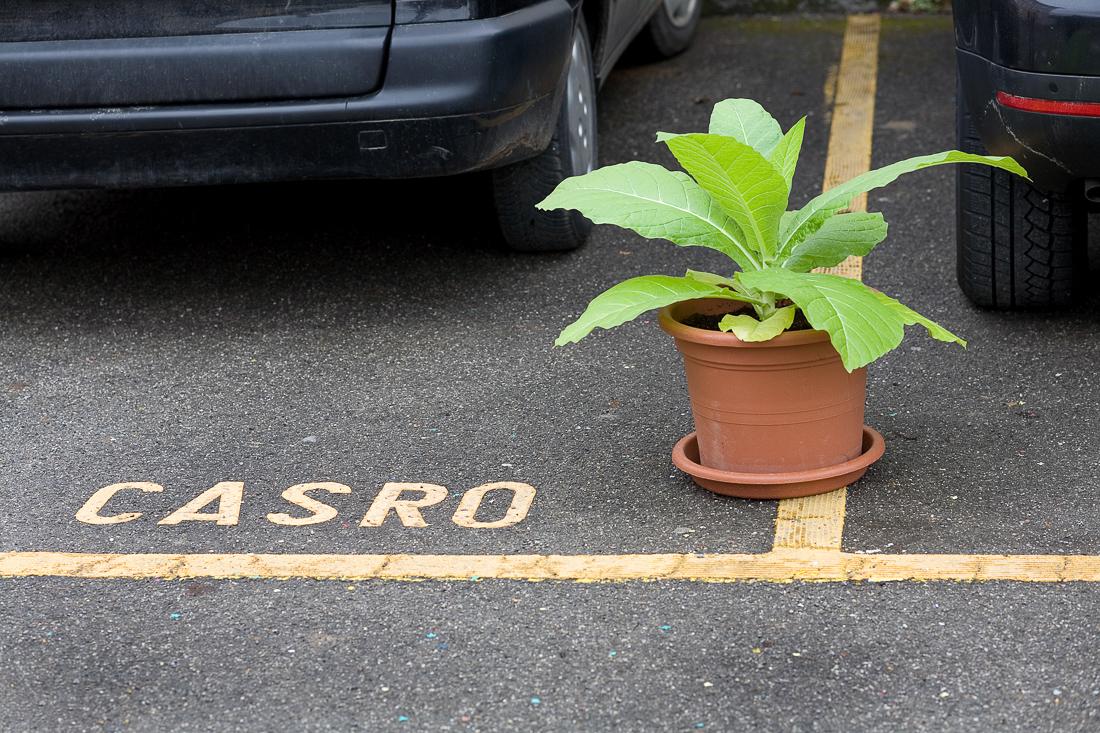
More
Swiss tobacco fields
But the work does not stop with the end of summer; in spring, the seedlings need attending to; the dried leaves must be sorted in the autumn.
“Working with tobacco takes over everything,” explains Broye tobacco farmer Jean-Jacques Läderach, who is based in the village of Domdidier. “It is only from December to March that we have time to concentrate on other things on the farm.”
Fewer producers
But the activity in the fields is deceiving. In reality, the number of tobacco-producing farms are disappearing like snow melting in the sun.
At its peak after the Second World War, the Swiss tobacco-growing industry counted more than 6,000 growers for a total production area of 1,450 hectares.
“In effect, Switzerland was the only European country not to have rationed tobacco, the area given to its production doubled around this period,” according to the website of SwissTabacExternal link, the Swiss federation of tobacco growers.
However since then, the sector has continued its steady decline. Today there are just 198 growers over a total area of 468 hectares.
“I’m the last to grow tobacco, although there were up to 110 growers here in Domdidier,” remembers Läderach. “Fifty or 60 years ago, women were not able to go out to work. People had a bit of land and it was the work of the women to grow a little tobacco. It brought in a bit of money at the end of the year.
Boon for small farms
For a long time, tobacco was the crop that allowed small farms to survive.
“This crop is quite profitable for the small area it needs,” says SwissTabac secretary Francis Egger. “Compared to wheat, tobacco has a turnover ten times larger per hectare, but it also requires ten times more work. That means small holdings which don’t have the means to expand, can maintain a certain income.”
Läderach, who previously worked with his father and now farms with his son, agrees with Egger.
“We started growing tobacco in 1974 because we didn’t have an enormous farm and we needed to find a second source of income. There wasn’t enough work or income for two people on the farm in growing grain as opposed to tobacco,” he says.
But the continual decline in the number of farms in general – 54,000 in 2014, down 2.1% from 2013 according to the Federal Statistical OfficeExternal link – means the amount of land available for the farmers who stay is growing. As such, growing tobacco becomes less important for survival.
Egger also points to societal changes to explain the decline.
“It is now difficult to find country families to look after ten people who need feeding and housing during the harvest. It is often simpler for one person in the household to have a revenue that comes from outside agriculture,” he says.
Sourcing a workforce
Tobacco growers need to hire additional workers to help with the harvest in July and August. Usually they turn to teenagers looking for summer jobs or foreign workers – particularly from Poland and Romania – who come to Switzerland for the harvest.
If the salary is modest by Swiss standards – about CHF10 ($10.4) an hour – there is no shortage of volunteers.
“Finding workers is not difficult,” says Läderach. “These days we hire a lot of Poles. For them, the pay is very good, and in a couple of weeks they can earn the same amount as they earn in several months in Poland.”
As such, the acceptance in February 2014 of the people’s initiative “Against mass immigration”, has producers worried even though in principal work contracts less than three months in duration should not be affected.
Other options are also being trialled to which could compensate for a reduction in the flow of European workers. The Swiss Farmers Union has embarked on a three-year pilot programme to employ refugees in the agriculture sector.
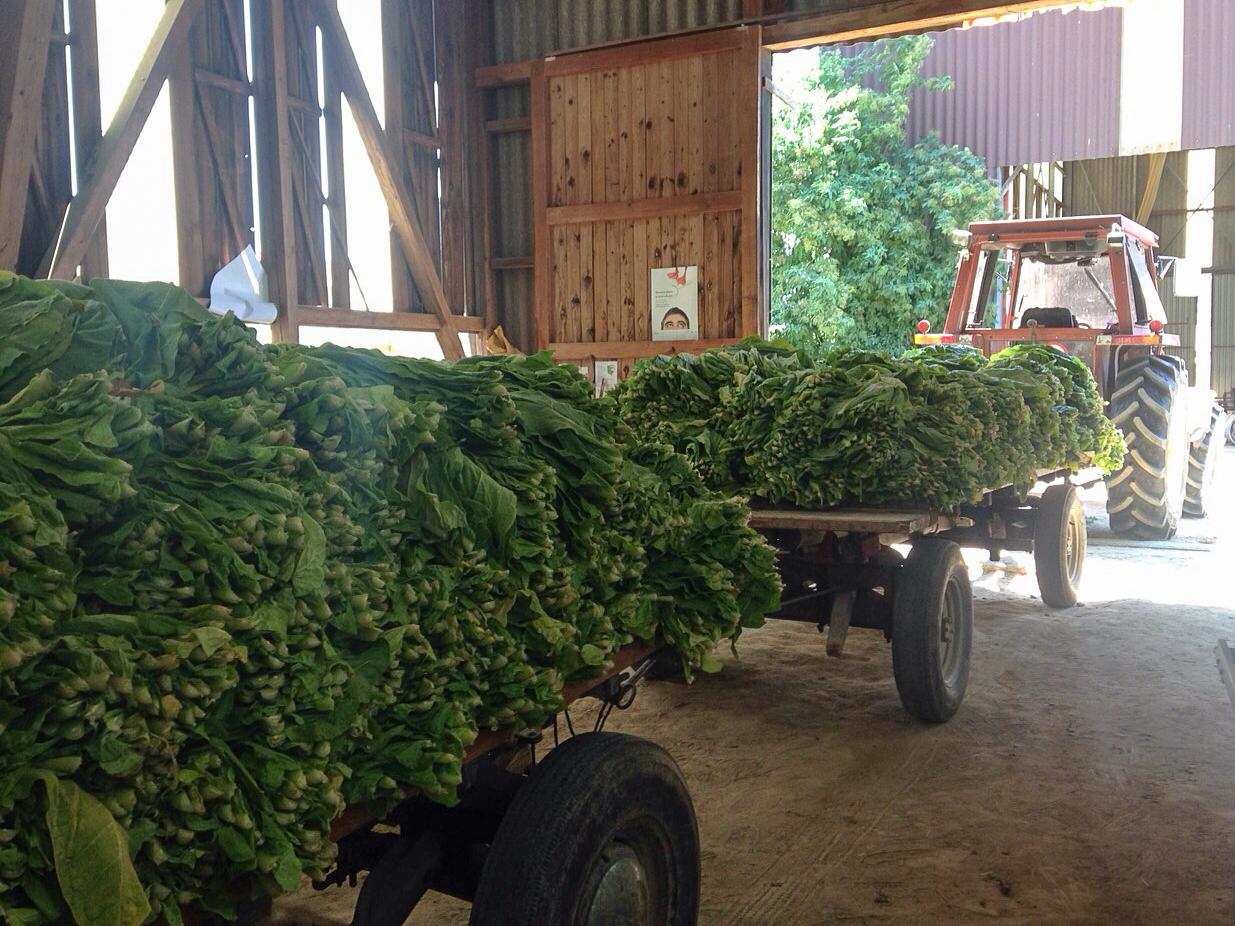
Much needed boost
Faced with such a decline, financial aid provided to the tobacco industry is important for its survival. The world’s three largest tobacco companies – Philip Morris, British American Tobacco and JT International – all operate factories in Switzerland and want to conserve local tobacco production, even if it represents a little less than 4% of tobacco consumption in Switzerland.
“It is clear that the higher labour and business costs in Switzerland mean that we are unable to compete with the global price,” says Egger. “The difference between the Swiss price and the global price is compensated for by a fund.”
The co-operative society for the purchase of swiss External linkhome-grown tobacco (SOTA)External link, collects 0.13 Swiss centimes from every cigarette purchased in Switzerland to support the local industry.
To survive, producers must work with the cigarette companies. Despite disagreement over the division of this “boost” for the industry, the two groups have signed an agreement that binds them until 2019. So the immediate future is assured, but what next?
“It is worth asking if there will still be tobacco producers in Switzerland in ten years’ time,” says Egger. “We still believe in the future because we have good professionals and agricultural practices.”
At any rate, 20 years ago they were predicting the end of tobacco production in Switzerland. But for the moment, that prediction has still not been realised.”
Translated from French by Sophie Douez

In compliance with the JTI standards
More: SWI swissinfo.ch certified by the Journalism Trust Initiative

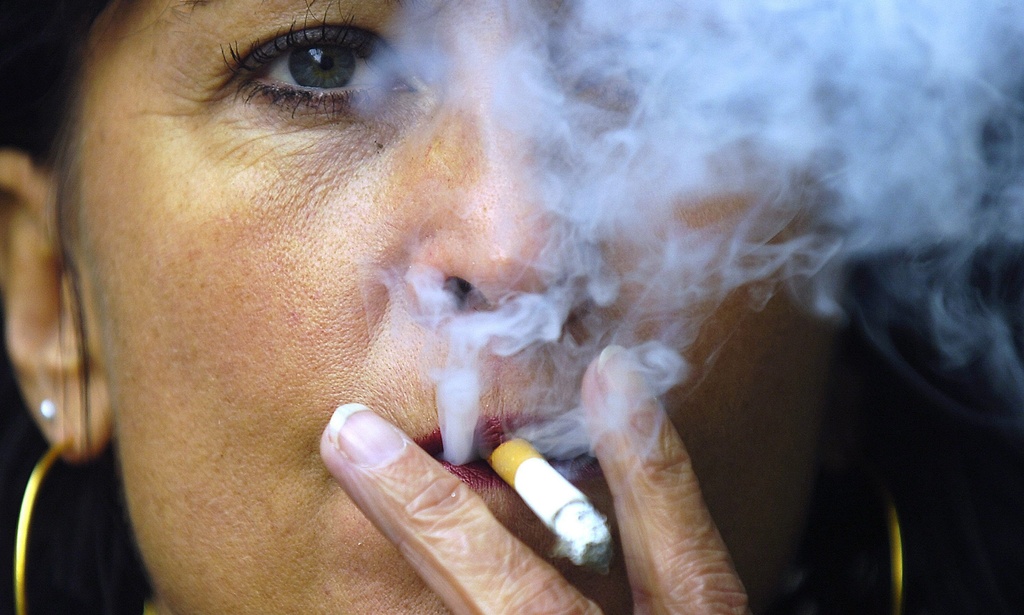
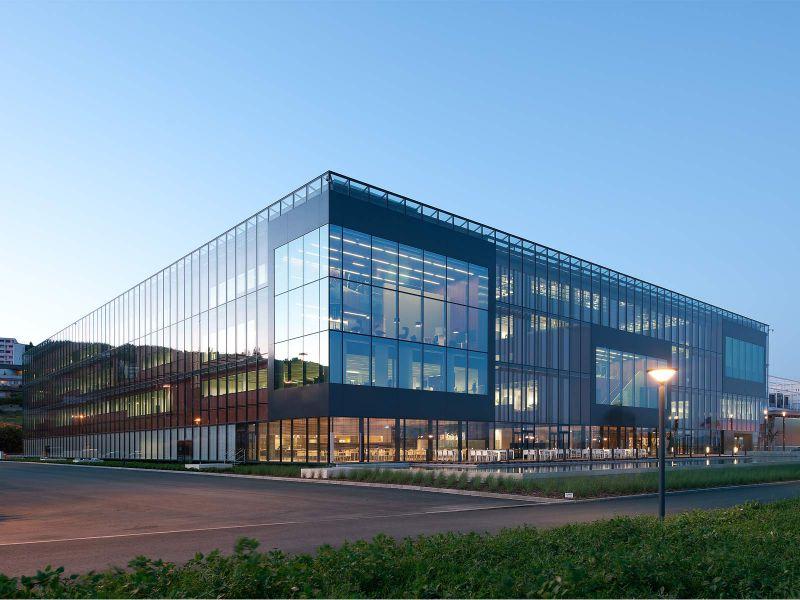
You can find an overview of ongoing debates with our journalists here. Please join us!
If you want to start a conversation about a topic raised in this article or want to report factual errors, email us at english@swissinfo.ch.